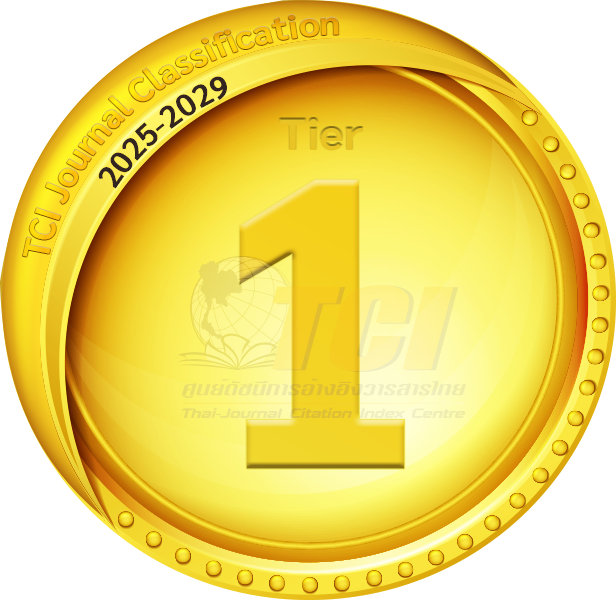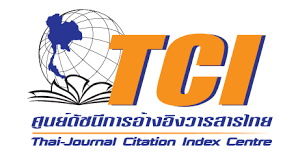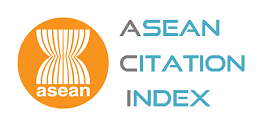Returns to Education in Different Industries of Thailand
- Thayatham Sombooncharoen, Faculty of Economics, Chulalongkorn University, Bangkok 10330, Thailand, Corresponding author, E-mail: juniorkiva7@gmail.com
Abstract
In this study, an analysis of returns on education across industry levels and sub-industries was conducted. The main objective of this study is to find and analyze the different impacts on monthly wages as a result of different types of education across different industries and sub-industries. This could give a better understanding of the current situation of the Thai labor market. The main focus types of education in this study are high school, upper vocational, higher vocational, and bachelor's degree. The chosen five industries include agricultural, manufacturing, retail/wholesale, hospitality, and entertainment. The chosen sub-industries are farming, fishing, automobile, electronic, textile, food manufacturing, petrochemical, hotel, and hospitality-related services. Labor Force Survey data from the years 2012 to 2022 was used with the extended Mincerian method to find a more current and insightful analysis of the return on education. The extended Mincerian equation is the primary method labor economists use when performing the return to education analysis. The data was restricted to those who work full-time and those who work in the public and private sectors only. The cleansed dataset also does not include those who have master's or doctorate degrees.
The results proved that there are not many differences when analyzing the industry and sub-industry levels, which means that the type of industry employed does not affect your returns on education ranking. However, the amount does vary between different industries so the labor force could understand that even though the ranking is the same, the income level is different for the same type of education in different industries. At the overall, industry, and sub-industry levels, it is proven that a bachelor's degree earns the highest followed by higher vocational, upper vocational, and high school. Those employed in the public sector will have an increase in monthly wages compared to the private sector. Being female will reduce the monthly wage. Bangkok will give the highest returns compared to other provinces. The type of occupation also affects the amount of income, and it varies when looking at industry and sub-industry levels.
Keywords: Return to education, Extended Mincerian equation, Human capital, Labor economics
DOI: 10.14456/jcsh.2024.3
References
Ahmed, T., & Chattopadhyay, R. (2016). Return to general education and vocational education & training in Indian context: Policy implications. International Journal of Educational Management, 30(3), 370-385. https://doi.org/10.1108/IJEM-10-2014-0135
Chen, J., & Pastore, F. (2021). study hard and make progress every day”: Updates on returns to education in china (No. 787). Global Labor Organization (GLO).
Fiaschi, D., & Gabbriellini, C. (2013, July). Wage functions and rates of return to education in Italy. In Fifth Meeting of the Society for the Study of Economic Inequality (ECINEQ) Bari (Italy). Brewster, USA.
Hawley, J. D. (2004). Changing returns to education in times of prosperity and crisis, Thailand 1985–1998. Economics of Education Review, 23(3), 273-286. https://doi.org/10.1016/j.econedurev.2003.11.010
Heckman, J. J., Lochner, L. J., & Todd, P. E. (2006). Earnings functions, rates of return and treatment effects: The Mincer equation and beyond. Handbook of the Economics of Education, 1, 307-458. https://doi.org/10.1016/S1574-0692(06)01007-5
Kahyarara, G., & Teal, F. (2008). The returns to vocational training and academic education: Evidence from Tanzania. World Development, 36(11), 2223-2242. https://doi.org/10.1016/j.worlddev.2007.11.011
Mincer, J. (1974). Schooling, Experience, and Earnings. Cambridge, New York: Columbia University Press.
Moenjak, T., & Worswick, C. (2003). Vocational education in Thailand: a study of choice and returns. Economics of Education Review, 22(1), 99-107. https://doi.org/10.1016/S0272-7757(01)00059-0
Sakellariou, C. (2003). Rates of return to investments in formal and technical/vocational education in Singapore. Education Economics, 11(1), 73-87. https://doi.org/10.1080/09645290210127525
Srinang, J. (2014). Vocational and general secondary education: the rate of return across regions in Thailand. Southeast Asian Journal of Economics, 2(2), 103-112.
Strawiński, P., Broniatowska, P., & Majchrowska, A. (2016). Returns to vocational education. Evidence from Poland. Working Papers 2016-16. Retrieved from https://ideas.repec.org/p/war/wpaper/2016-16.html
Tangtipongkul, K. (2015). Rates of return to schooling in Thailand. Asian Development Review, 32(2), 38-64. https://doi.org/10.1162/ADEV_a_00051

Indexed in


Search